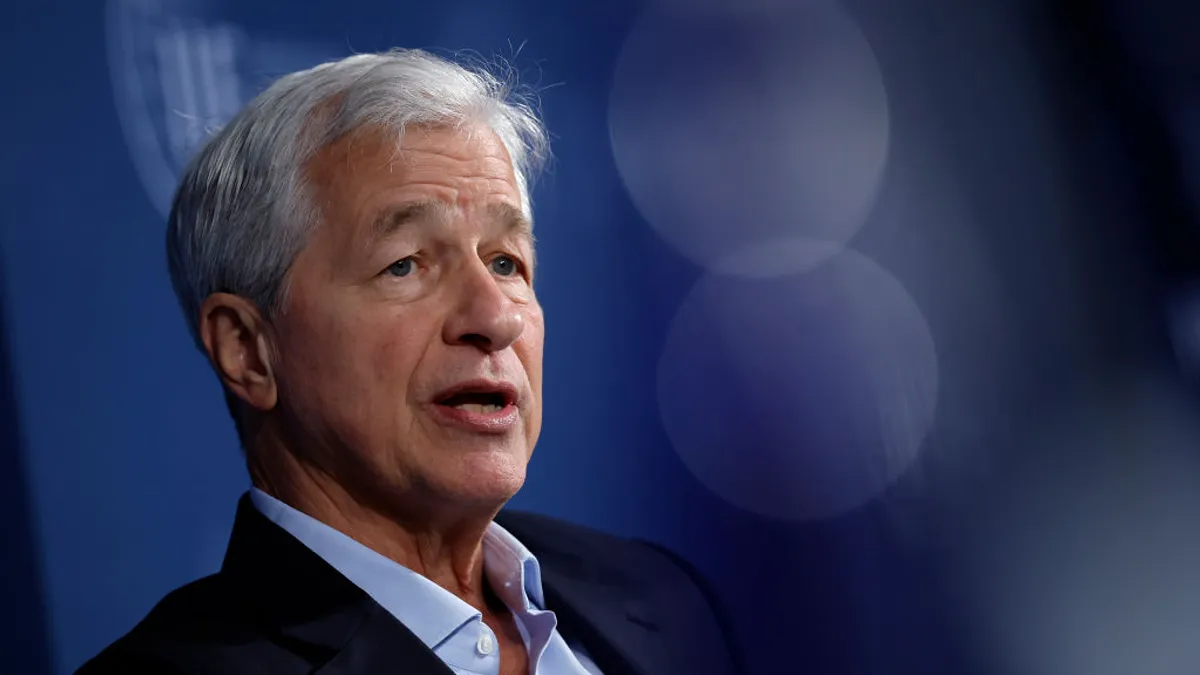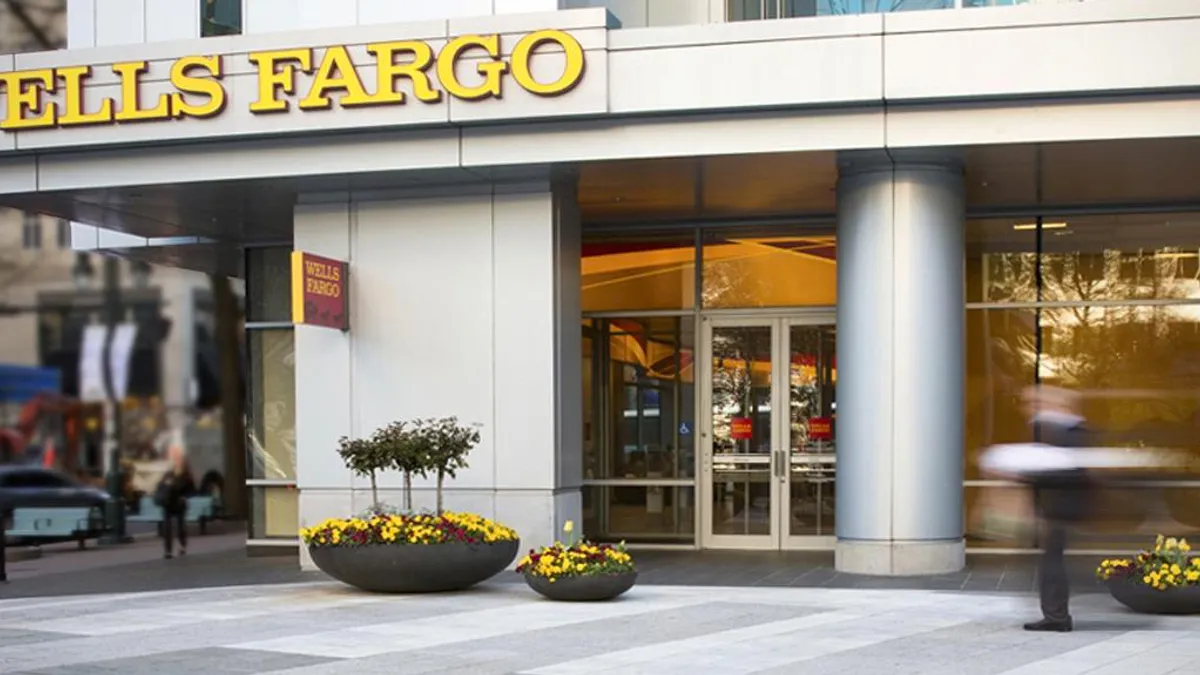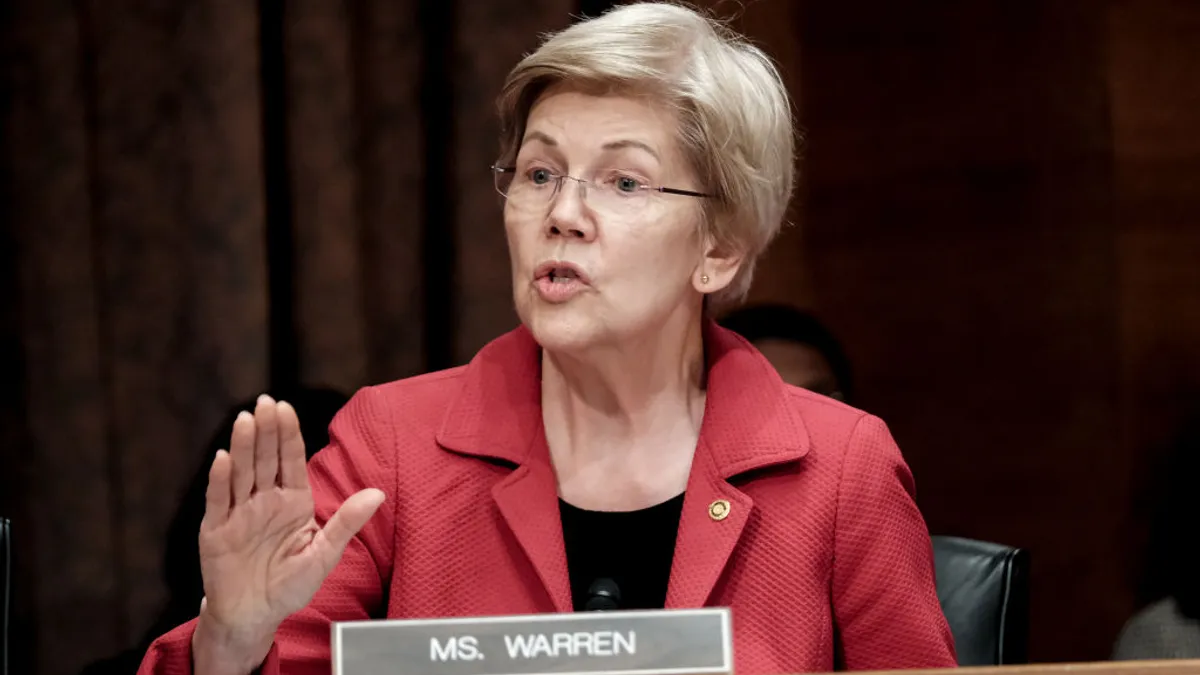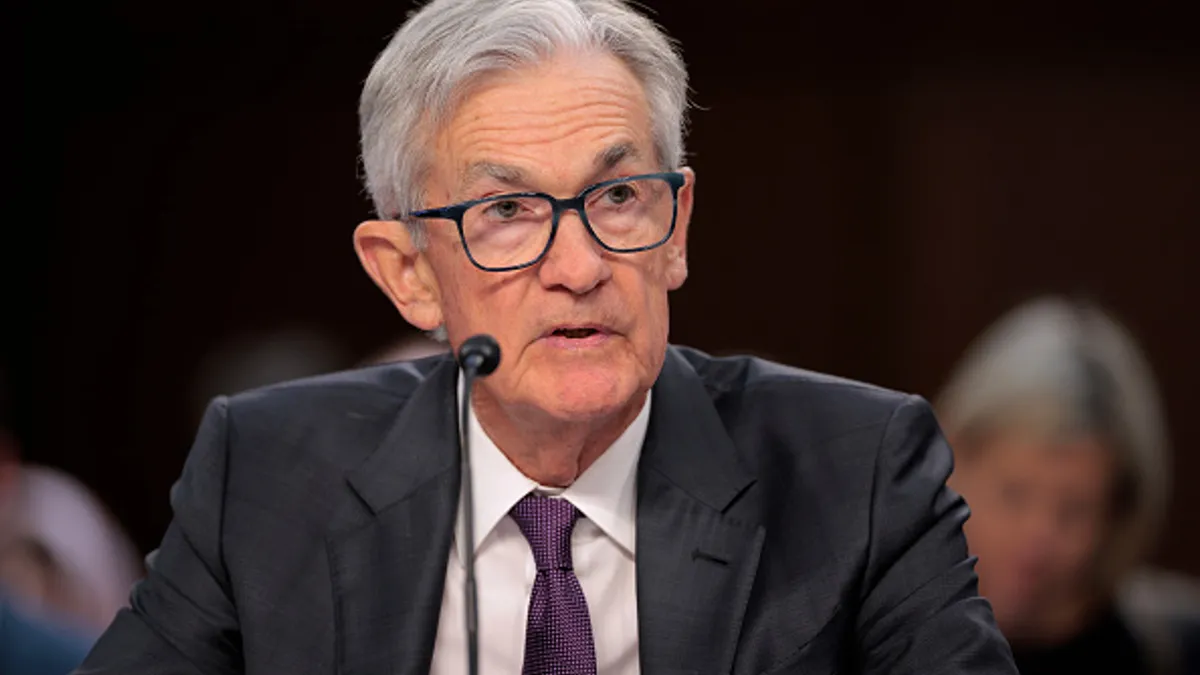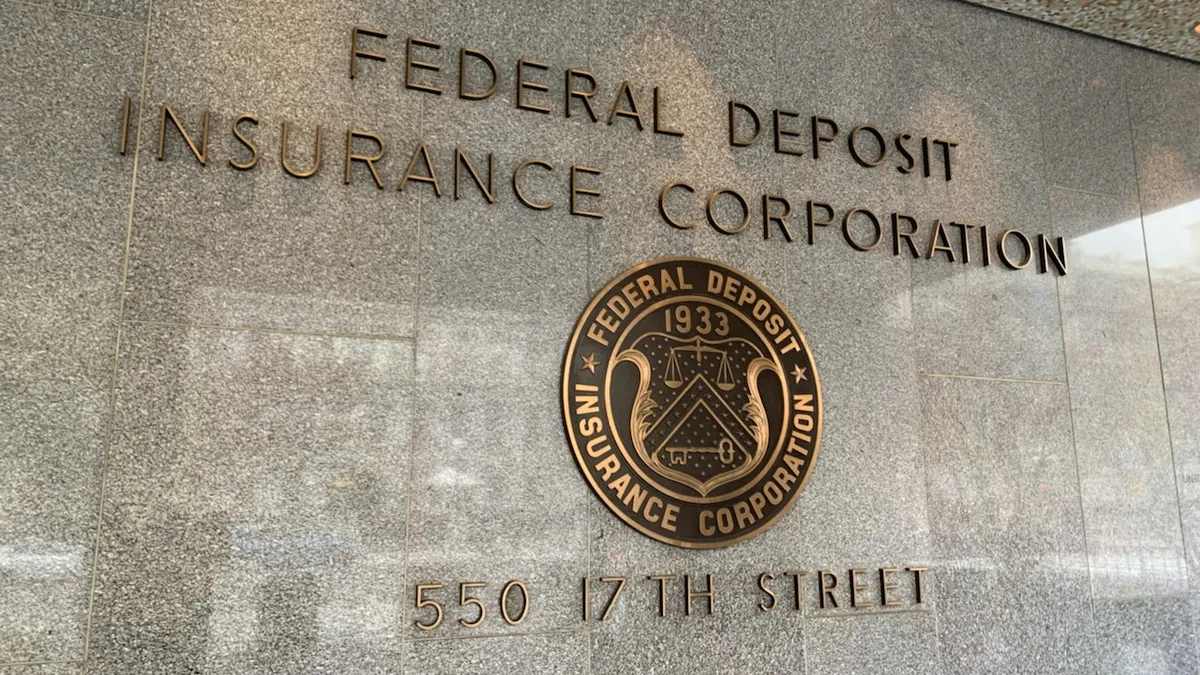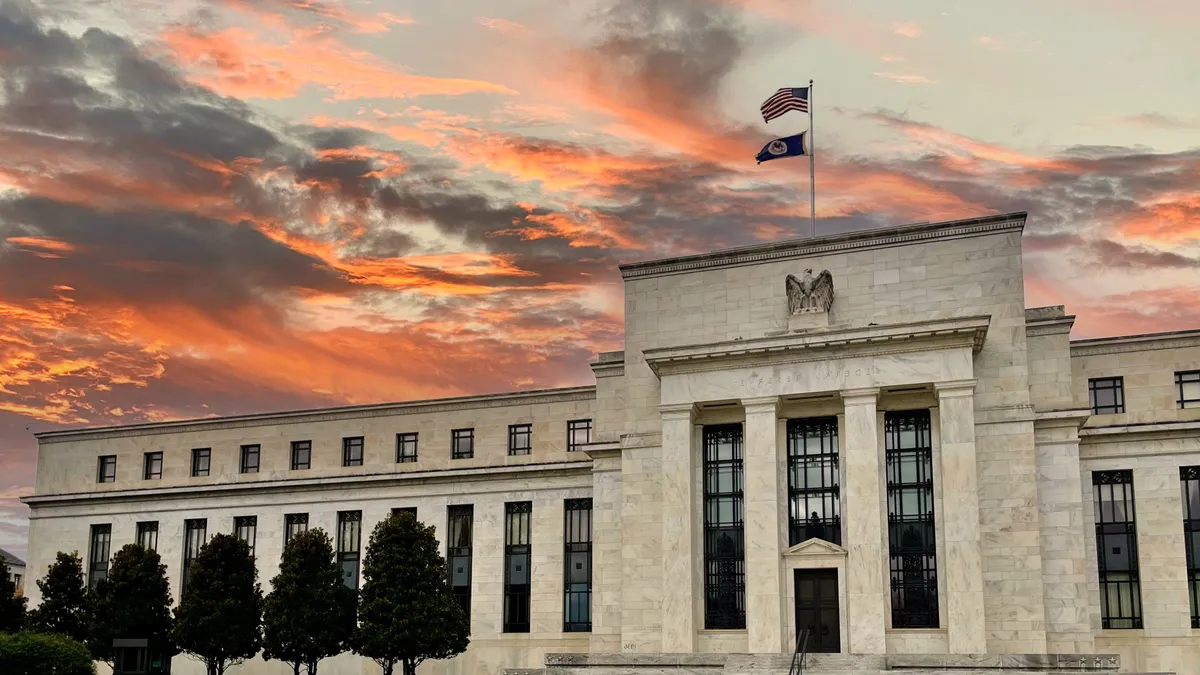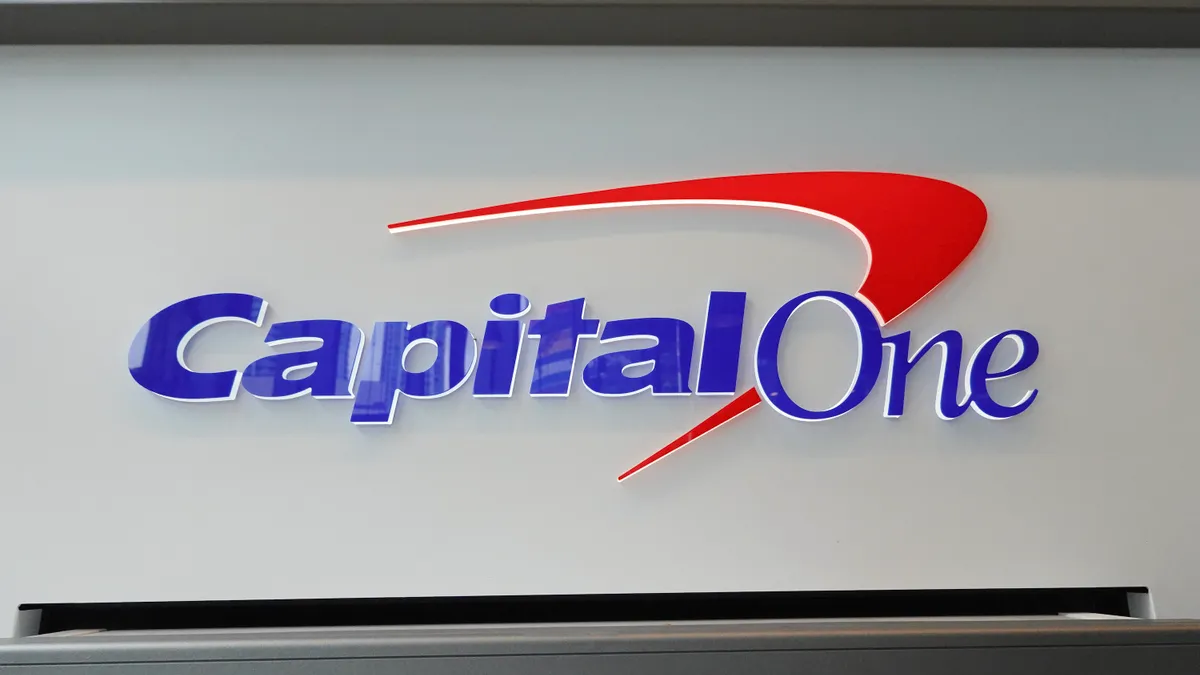When Sasha Wiggins, Barclays’ chief wealth executive, laid out the bank’s plan Tuesday to drive growth in private banking and wealth management, she mentioned several cornerstone markets: Singapore, India, the Middle East, the U.K. (perhaps obviously).
Notably absent: The U.S., she said, is “not a priority” for the bank in that segment because of fierce competition for those clients and a relatively high cost to enter the market.
Swiss giant UBS, meanwhile, detailed a strategy to expand its foothold in the U.S. by tapping into rungs of wealth beneath the typical ultrawealthy targets.
The bank is also realigning its U.S. wealth business into six divisions, according to an internal memo seen by The Wall Street Journal, Reuters and Bloomberg. Four will be regional units that cater to the top three brackets of clients: ultrawealthy ($50 million or more in assets); high net worth ($5 million to $50 million); and core affluent ($500,000 to $5 million). A separate unit will focus on internal clients. The sixth silo, UBS’s Wealth Advice Center, will encompass advisers who manage clients with fewer assets — typically through virtual visits, online tools and call centers.
“This new alignment will empower our field leaders through faster decision-making, enhanced responsiveness to client needs, and greater connectivity,” Rob Karofsky, UBS’s chief executive for the Americas, and Michael Camacho, the bank’s U.S. head of wealth management, wrote in the memo.
“We’re not where we want to be,” Karofsky, who is also co-president of global wealth management for UBS, told The Wall Street Journal. “We can’t shrink the business to profitability. We have to invest in growth.”
The U.S. push may be pivotal for Karofsky, who was singled out, alongside Iqbal Khan, UBS’s other global wealth management co-president, as potential successors to CEO Sergio Ermotti, who rejoined the Swiss bank amid its takeover of Credit Suisse but has indicated he would step down by 2027.
Ermotti, too, called the U.S. one of the bank's key engines of growth, but said in September the business was not as profitable as it should be.
The U.S. mass-affluent market, though, also represents a great white whale of sorts for UBS. The bank in January 2022 agreed to buy U.S. robo-adviser Wealthfront, a prospect that would have boosted UBS’s assets under management by $27 billion and given the Swiss lender access to 470,000 mostly millennial and Gen Z clients. But the two sides abandoned the $1.4 billion deal months later for reasons that initially went undisclosed.
“I don’t think we particularly bring alpha in mass-affluent,” UBS Chair Colm Kelleher said of his bank in November 2022. “Which is why we walked away mutually from the Wealthfront deal. … It didn’t make sense.”
From there, Kelleher — a longtime executive at the Swiss bank’s presumed chief rival in the U.S., Morgan Stanley — vowed that the bank’s expansion in the U.S. wouldn’t come from an acquisition but “organic growth, no optionality, no distractions.”
He has since softened his tone. But Tuesday’s realignment represents a follow-through on the “organic growth” strategy.
In addition to its U.S. wealth realignment, UBS is pursuing a national banking charter and aims to expand its offerings to encompass loans, checking accounts and savings plans. That could boost the bank’s profitability in the U.S. because the interest income from those activities won’t drive up advisers’ bonuses in the way that deeper deposits and a fatter client roster would.
Appealing to mass-affluent would get UBS scale, too. To that end, the bank has said it would deepen its pipeline of new financial advisers.
That’s part of Barclays’ strategy, as well. The bank aims to hire up to 100 more advisers in its own private banking and wealth management push, which appears to focus on the U.K. in the same way UBS is drilling down on the U.S.
Barclays identified about 4 million U.K. customers with investable assets between £250,000 and £3 million who could benefit from enhanced wealth management services.
“The U.K. is a large market with client investable assets totaling some £3.5 trillion ($4.45 trillion), split across digital investing, affluent and private banking segments," Wiggins told analysts Tuesday, according to Reuters.
She reiterated the bank’s target, established in February, to bring an annual return on tangible equity above 25% by 2026.
But the adage goes: “To make money, one has to spend money.”
Wiggins said Barclays would increase its annual tech spend for wealth by more than 75% from its 2021-22 total.
Like UBS, Barclays is pivoting away from M&A chatter.
“I have every confidence I can deliver this plan organically,” she said Tuesday, according to Reuters. “This year alone, we've grown our net new assets under management by £3 billion, around double the growth we saw for the equivalent period last year.”





